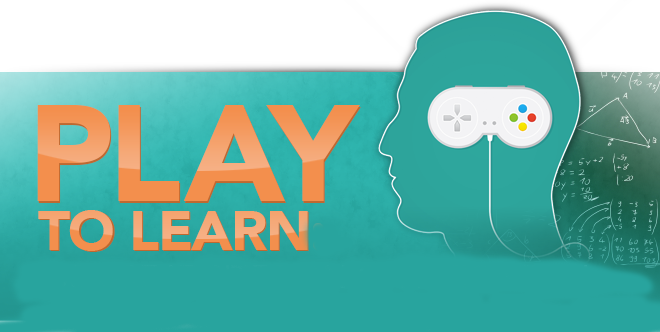Change is the definition of today’s society. With emerging new technologies people mentality is changing. The new generation of students, “the Millennials” require a change in the education system as well. Traditional methods of teaching are starting to be less efficient than in the past. Some institutions are already adapting their space to a less formal learning environment that combines structured learning with preferred group-based practical learning. In this context, is gamification the future of education?
What is gamification?
According to Wikipedia, gamification is the use of game design elements in non-game contexts. Applied to education, gamified learning is a teaching methodology that creates a game-like scenario around the course curriculum and the objectives of the course.
Gamified learning: benefits and weaknesses
Gamified learning has multiple benefits. Firstly, it provides a better learning experience and a better learning environment. Interactive and visual elements build an engaging learning experience and make the whole learning process easier. Also, gamification provides learners with a sense of achievement by giving them immediate, personalized feedback in form of rewards or, the absence of rewards, for that matter. By receiving a prize for their efforts, students remain motivated and determined to retain information. Lastly, gamification can be applied to most learning needs, thus encouraging independent learning and creativity.
However, as every other technology, learning games have their faults. Equipment costs, software costs, and training costs for instructors are quite high.
Every course has its specific learning goals that cannot be covered by only one game. Furthermore, gamified learning can cause a decrease in the attention span of the students. Learners might begin to expect the same kind of immediate responses from all parts of their education and become frustrated if they do not receive them.
In conclusion, it is clear that education system, learning and teaching methods need to evolve in order to satisfy the needs of the new generation of student. Gamified learning might be the next step to a better education. What is your opinion? Should schools integrate gamification in education?


Dear Ana, thank you for your blog. While there are several research findings supporting the use of gamification, I think the best way to learn highly depends on the student. Also, these findings are largely attributed to research done on the effects of gamification on kids. While I believe that gamification can indeed work with teaching younger childeren, I am not certain as to whether it would have the same effect on adults or adolescents, and as you said, if childeren are brought up to study with the help of gamification, maybe they will not be able to use other methods to study, or get distracted sooner. I do not think these long-term effects of gamification in learning have been studied. However, I do think that introducing more technology to our education environment is inevitable, whether in the form of gamification or online courses, hence, I believe schools should start slowly integration gamification in their systems, in order to keep up with developments.
http://www.emergingedtech.com/2012/12/8-research-findings-supporting-the-benefits-of-gamification-in-education/